Πώς να επιλέξετε το καλύτερο ύφασμα για τη σακούλα του OEM;
2025-07-01
Minghui Bags is a professional China drawstring bag manufacturer for many years.
We know that choosing the right material can decide the success of your promotional bag.
And it is the first step to make your custom drawstring bag project successful.
You may be planning to create a gym bag, a drawstring bag for kids, or looking for bulk drawstring bag orders.
Please remember the fabric you choose will directly affect how the bag looks, feels, and performs.
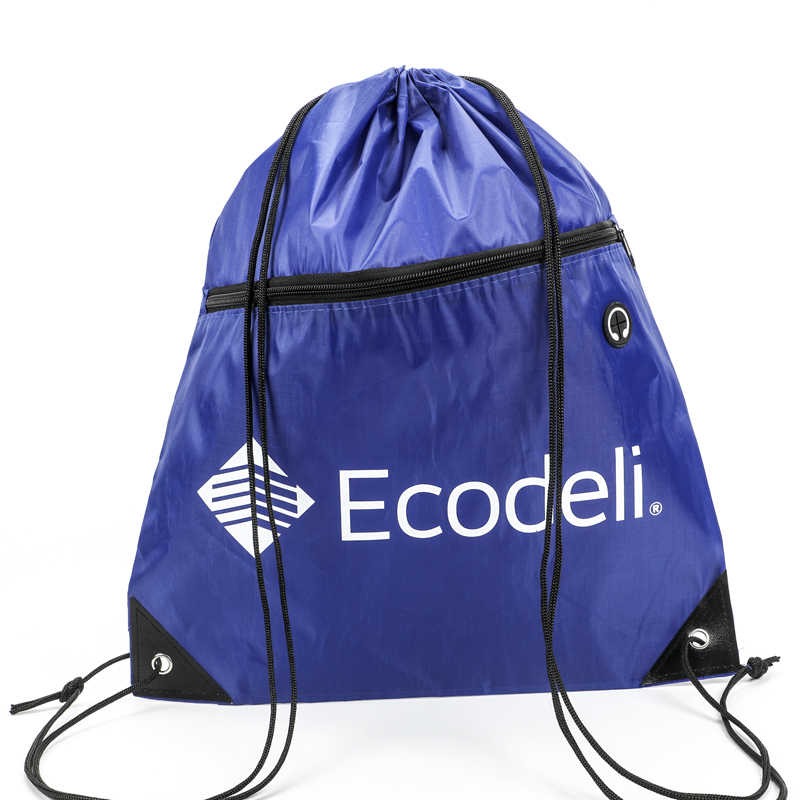
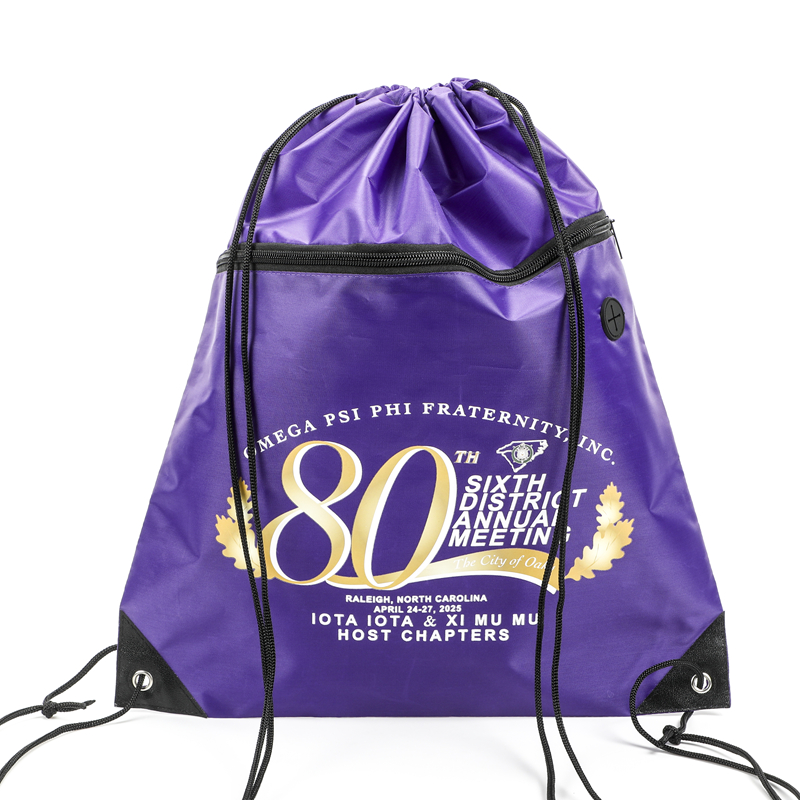
Material choice influences durability, printing effects, eco-appeal, and even how much users like the bag.
For example, a cotton drawstring bag may appeal to eco-conscious customers, while a polyester drawstring bag with zipper pockets might work better for sports events.
Three questions need to be asked before you pick a fabric for your project:
1)Who is your target audience?
2)How are the bags intended to be used?
3)When you add your logo to this drawstring backpack, is it a true reflection of your brand?
These three questions may sound simple to experienced buyers, but I would like to put them out here for the benefit of first-time bulk buyers.
At Minghui Bags, we have worked with hundreds of B2B buyers to match the right material with their intended usage.
There are four typical materials that are used to make a drawstring backpack: cotton, canvas, polyester, and nylon.
Here follows a detailed breakdown of these four materials:
Is Cotton Still a Reliable Eco-Friendly Option?
Pros: Cotton is soft, biodegradable, and breathable. Eco-conscious customers find it has a natural charm and prefer it over other materials.
Cons: Cotton material is not waterproof and is not a suitable option for carrying heavy items.
OEM sourcing tips: We often apply screen printing and embroidery on cotton drawstring bags.
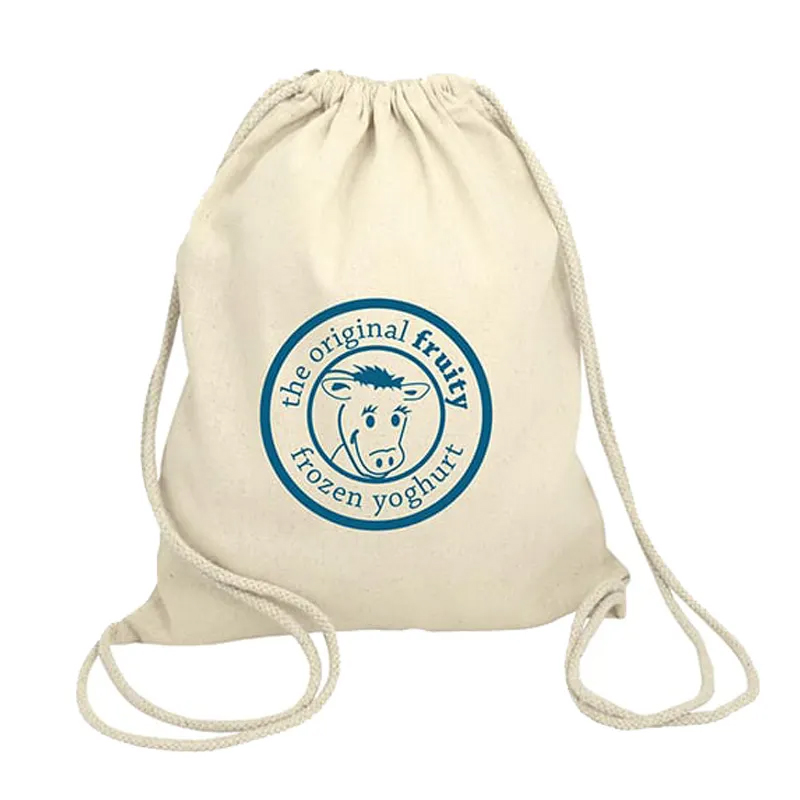
Why Is Polyester the Most Widely Used Material for Drawstring Backpacks?
Pros: Polyester is extremely durable, fade-resistant, water-repellent, and lightweight. Most importantly, it is cost-effective.
Polyester bags hold their shape well and don’t shrink or wrinkle easily. These qualities make polyester a good material for sports bags such as gym bags and basketball bags. Or you can use it for outdoor purposes when you add reflective strips to it.
Polyester also supports vibrant sublimation printing. Logos, full-color graphics, and brand images come out bright and sharp — perfect for drawstring bag with logo projects.
Cons: Polyester is synthetic and non-biodegradable. It may trap odors after extended use, especially in sweaty environments.
Best Use Cases: Perfect for gym bag orders, sports kits, team giveaways, promotional campaigns, and drawstring bags with zipper pockets.
Also ideal for drawstring bags for shoes or drawstring bag makeup storage.
OEM tips: If your artwork contains many details and colorful designs, please choose sublimation printing.
At Minghui Bags, over 60% of drawstring backpacks are made using polyester material, and heat sublimation is one important printing method used on polyester fabric.
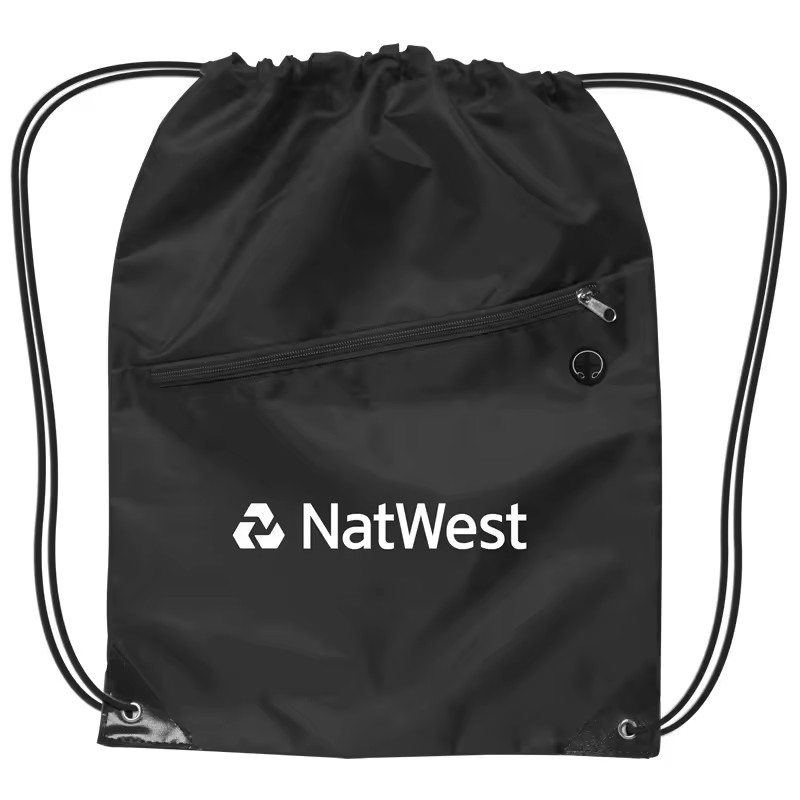
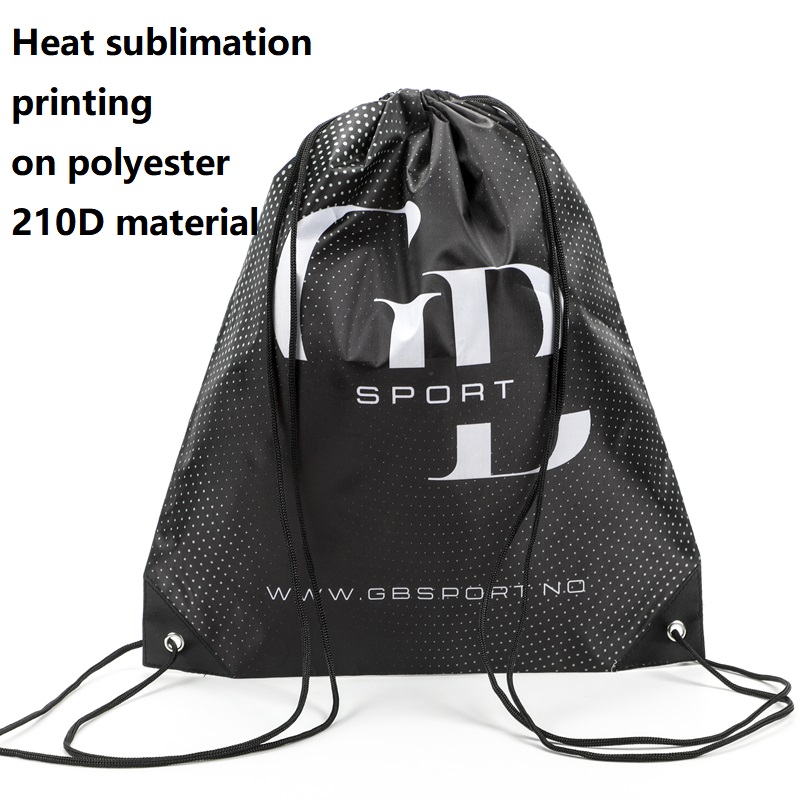

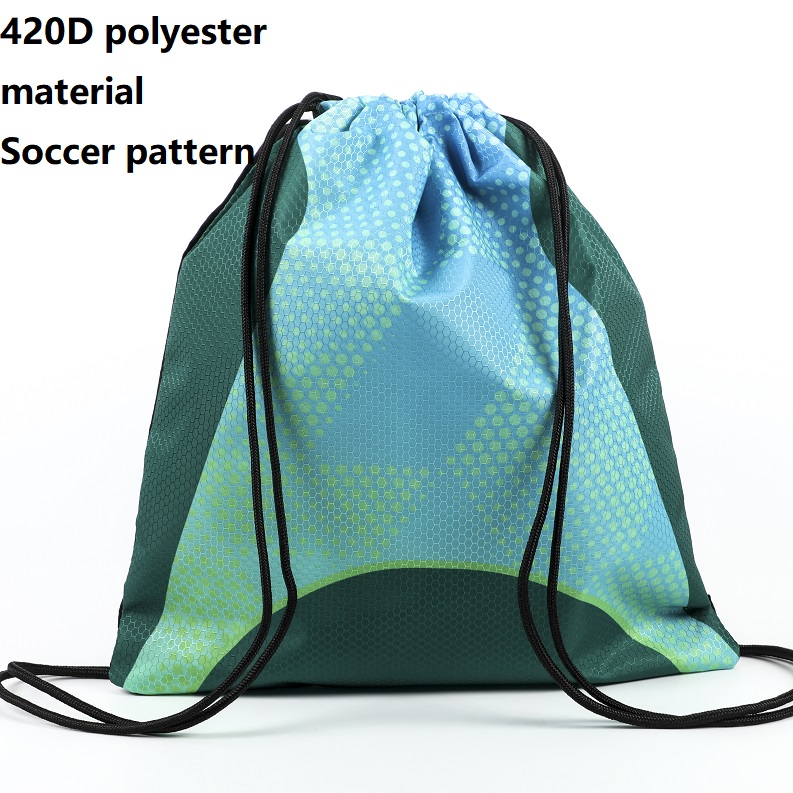
Is Canvas Worth It for High-End or Gift-Focused Campaigns?
Pros: Canvas is thick, sturdy, and has a premium feel. It gives a structured look that appeals to luxury markets or professional events.
Cons: Heavier and more expensive than cotton or polyester. Not ideal for lightweight giveaways or casual use.
Best Use Cases: Canvas is ideal for luxury promotional kits, corporate gifts, and long-lasting use. Think drawstring bag big for branded welcome packages or product launches.
OEM Tip: Canvas is excellent for heat-pressed logos, embossing, and debossing. It also accepts rich embroidery for custom finishes.
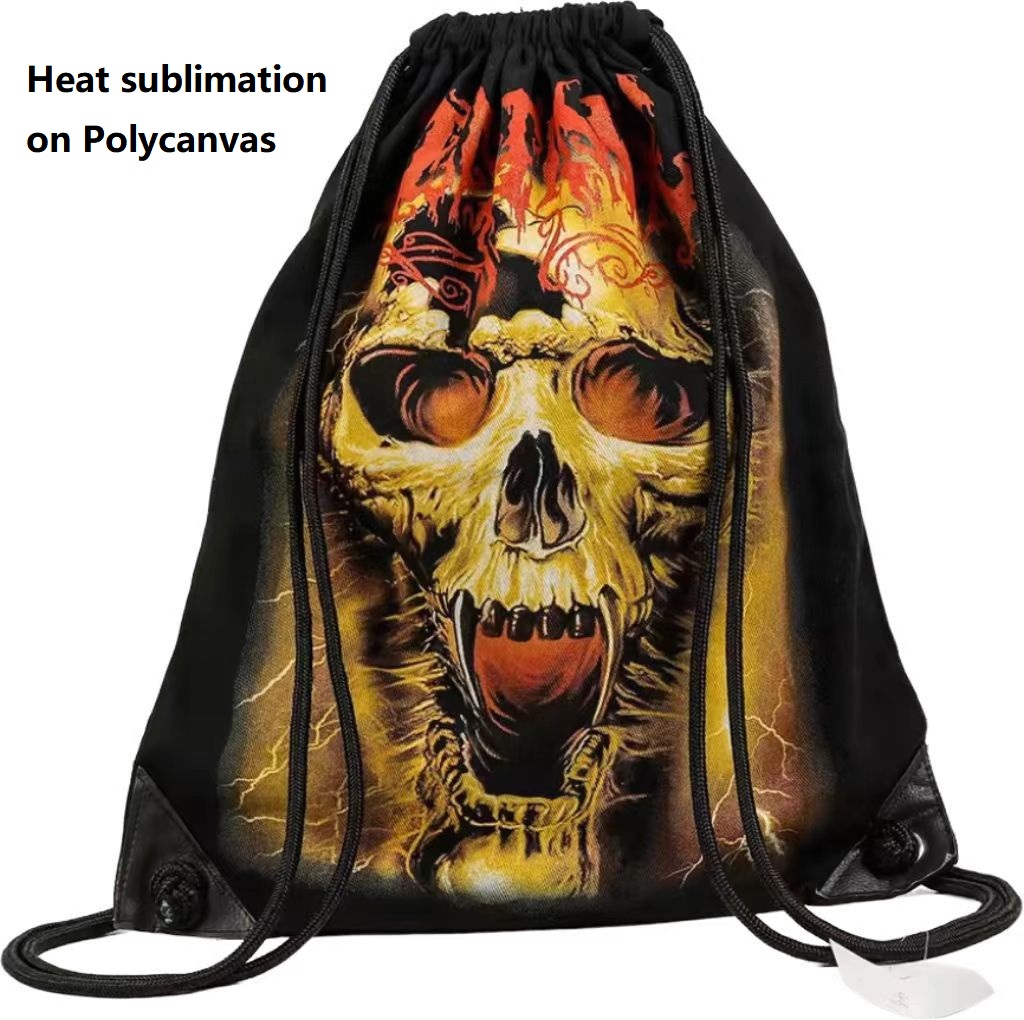
Is Nylon Still a Good Choice for Lightweight and Fashion-Oriented Bags?
Pros: Nylon is sleek, stain-resistant, and water-repellent. It's also very light and packs down small. For fashion-focused or travel-friendly designs, nylon can work well.
Cons: Nylon can melt under high heat during printing. It is also less breathable and not biodegradable.
Best use scenarios: Nylon can be used to make tech product pouches, mini drawstring bags for travel kits, and promotional fashion bags. It is also a suitable choice for kids' drawstring bags.
OEM tips: Avoid high-temperature printing and use DTF (Direct to Film) transfers or screen printing.
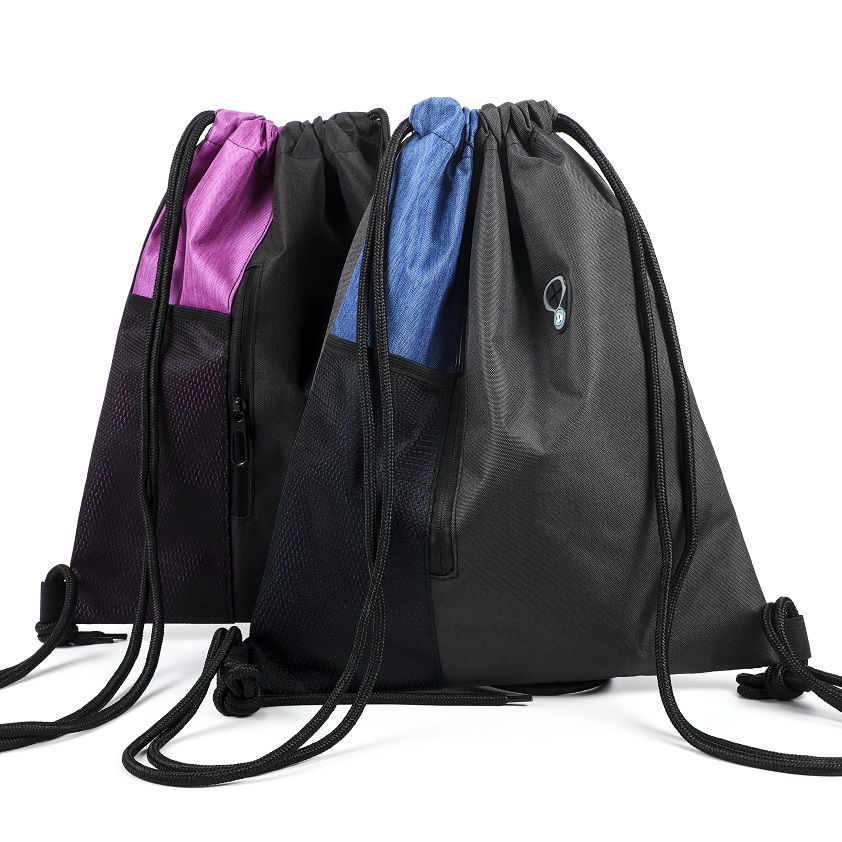
You may wonder why I am only covering four types of materials when there are more materials such as mesh, jute, and RPET out there.
These are not mainstream materials, but when you choose them, they will highlight your original range of drawstring bags.
Take mesh, for example — they are perfect for gym clothes, beach gear, and damp sports equipment. So pick mesh as the material if airflow means a lot to you.
As for jute or burlap, it can strike people as an eco choice, and it is a nice option for wedding and farming-themed occasions.
RPET (Recycled PET) is made from plastic bottles. RPET bags show your brand’s commitment to sustainability. Many European clients have made drawstring bags out of RPET material.
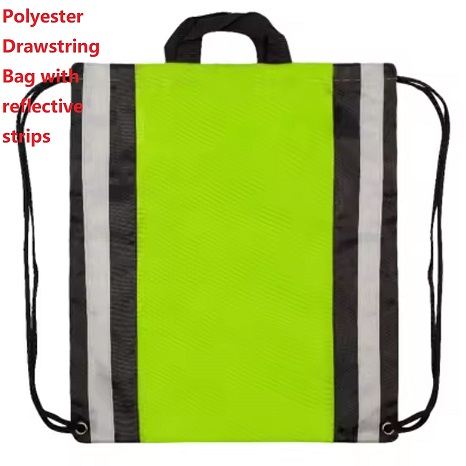
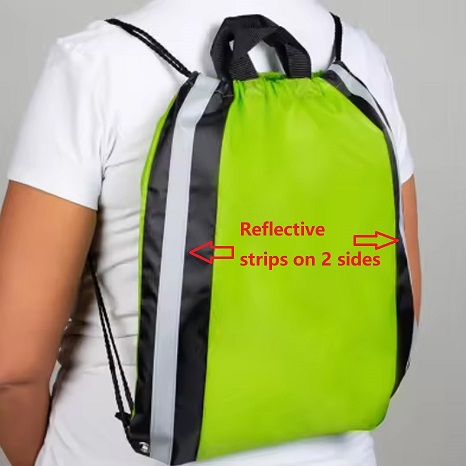
Which Material Is Best for Your OEM Drawstring Bag Project?
Each fabric has a role. Cotton suits eco brands. Canvas builds luxury impressions.
Nylon is light and stylish. But polyester stands out as the most balanced choice — tough, affordable, and highly customizable.
If you need more tailored and detailed advice on drawstring bag material, please drop me a letter or WhatsApp me on the right.
I look forward to sharing my expertise with you.
 ελληνικά
ελληνικά English
English Español
Español  Português
Português  русский
русский  Français
Français  日本語
日本語  Deutsch
Deutsch  tiếng Việt
tiếng Việt  Italiano
Italiano  Nederlands
Nederlands  ภาษาไทย
ภาษาไทย  Polski
Polski  한국어
한국어  Svenska
Svenska  magyar
magyar  Dansk
Dansk  Suomi
Suomi  العربية
العربية  český
český 



